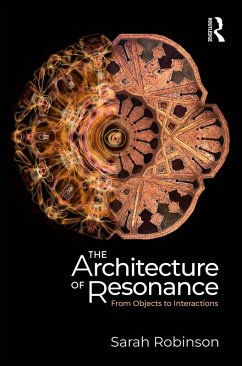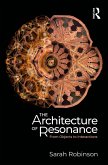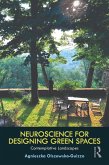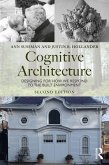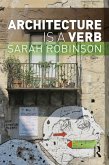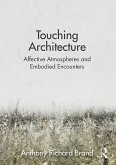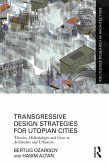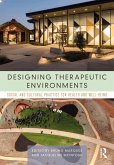This book carefully details an alternative for thinking and designing that shifts attention from abstract formalism and object orientation to the creation of dynamic interacting fields of affective, tactile, kinaesthetic, ecological, and social engagement. The book articulates resonance as a model and metaphor for the way we interact with our environments. The word's literal meaning is to re-sound, implying a surface or receptive body that amplifies and alters the sound-an interdependent relation and process occurring in between. Seven kinds of resonance specific to design are detailed theoretically and illustrated with practical and historical examples. These design strategies demonstrate the possibilities resulting from shifting attention and resources from the longstanding preoccupation with fixed forms towards structuring and supporting dynamic interactive relationships between the built and the natural and between people and place.
Seamlessly combining architecture with cognitive science and neuroscience, environmental and evolutionary psychology, and social theory and anthropology, in clear, direct, and engaging prose, this book will be essential reading for all architecture students as well as those in these varied fields.
Dieser Download kann aus rechtlichen Gründen nur mit Rechnungsadresse in A, B, BG, CY, CZ, D, DK, EW, E, FIN, F, GR, HR, H, IRL, I, LT, L, LR, M, NL, PL, P, R, S, SLO, SK ausgeliefert werden.

